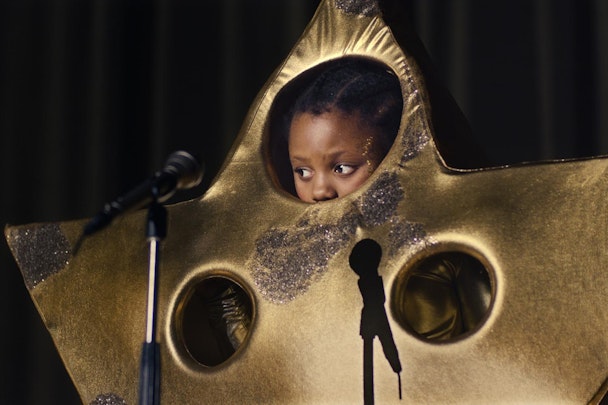BAME representation in ads doubles, but brands rarely cast minorities in starring roles
Representation of black, Asian, and minority ethnic (BAME) groups in UK ads has more than doubled since 2015, but brands still cast minorities as the ‘supporting act’ rather than the main role.

Brands like Sainsbury’s, Tesco and Nike have put BAME actors and high-profile figures front and centre of big budget ads in 2018 / Sainsbury's
According to a study from Lloyds Banking Group, which audited over 2,000 ads from the top 50 ad spenders in 2017 and conducted a qualitative study of 2,000 people in England and Wales, the number of BAME people featured marketing campaigns has risen from 12% to 25% over the past three years.
However, despite an uptick in diversity on-screen, just 7% of ads positioned people from the BAME community as the sole, or main protagonist.
Across the board too, three out of five ads still feature an all-white or majority-white cast. Despite this, 13% of white respondents said they felt ‘underrepresented’ in commercials.
While some advertisers like Sainsbury’s, Tesco and Nike have placed BAME actors and high-profile figures front and centre of big budget ads this year, the study showed there’s a distinct lack of brands doing the same and consumers notice it.
Nearly a third (32%) of black respondents said they were underrepresented in ads and 28% of Asian people felt the same. 29% of multi-racial people also felt their ethnic groups weren’t significantly portrayed in brand messaging.
Understanding culture matters too
As well as feeling overlooked, BAME groups felt strongly that when advertisers did include them in campaigns there were often issues with ethnic stereotypes and a failure to acknowledge cultural differences.
The report indicated the need for a deeper understanding of how ethnic groups and characters in ads are portrayed – with the numbers showing that brands can’t afford to be ‘tokenistic’ and should take time to understand culture before using it to sell products.
42% of black people said brands weren't doing enough to recognise their culture and 34% said that felt inaccurately portrayed by the ad industry – a slight improvement on 2015’s 43%. Meanwhile, 29% of black individuals said they thought their ethnicity had been negatively stereotyped in ads.
When it came to Asian respondents 30% felt their ethnicity was wrongly depicted by marketers, down from 37% in 2015. 22% of mixed ethnicity respondents felt they were inaccurately portrayed.
By contrast, only 9% of white people felt misrepresented in ads.
Over the past 18 months a number of brands have stoked controversy for misrepresenting BAME groups in ads or failing to understand the implications of their messaging.
Among them was Dove which was accused of 'whitewashing' after running a social media campaign which depicted a black woman turning into a white woman after using its lotion. Bookmaker Paddy Power, meanwhile, was hit with a ban from the Advertising Standards Authority (ASA) for an ad it deemed to be 'racist' for encouraing consumers to 'always bet on black' alongside a picture of boxer Floyd Maywether.
H&M was also forced to apologise after using a black child to sell a hoodie that read: 'coolest monkey in the jungle'. “Our position is simple and unequivocal—we have got this wrong and we are deeply sorry," said the brand, adding: “we clearly haven’t come far enough. We agree with all the criticism that this has generated—we have got this wrong and we agree that, even if unintentional, passive or casual racism needs to be eradicated wherever it exists.”
Richard Warren, director for marketing communications at Lloyds Banking Group said: “The rise in representation of the BAME community within advertising demonstrates that advertisers are making significant strides in better reflecting modern Britain. However, there is still work to do in the industry. Brands must continue to develop their communications to authentically represent the diversity of the UK.
“As the largest retail bank in the UK, Lloyds Banking Group supports a diverse range of customers who represent modern Britain. Therefore it is essential that we continue to strive to understand and meet customers’ changing needs, ensuring that all groups in society, no matter their age, gender or sexuality have the opportunity both to feel engaged and recognised.”
Industry initiatives like the So White Project have been working to encourage advertisers to use images and media that represent the UK in all its diversity.

